[Newsbits] 17,18|01|2024: Vadnagar, Moh-Juj, Oxfam’s Inequality Inc Report & more

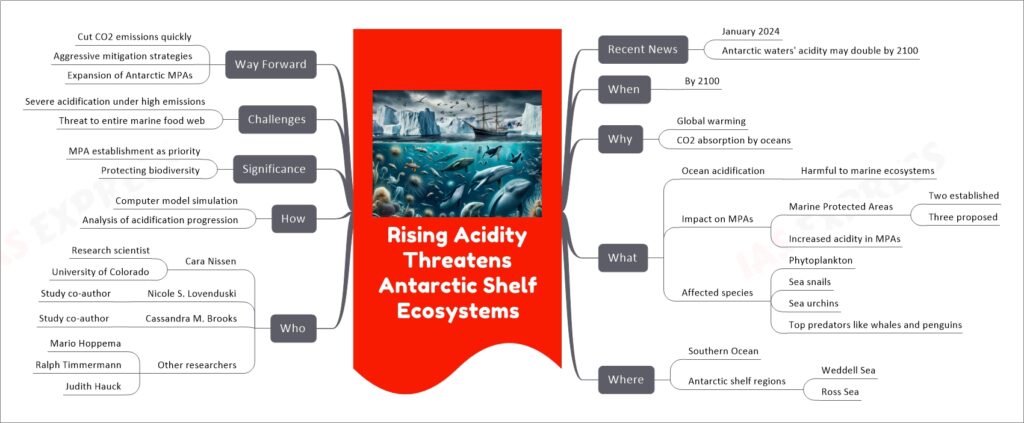
The recent research in January 2024 highlights the threat of rising acidity in the Antarctic shelf ecosystems, with the potential of ocean waters’ acidity doubling by 2100. This is mainly due to global warming and the absorption of CO2 by the oceans. The research focuses on the impact of this acidification on Marine Protected Areas (MPAs) and its harmful effects on marine ecosystems. Key species like phytoplankton, sea snails, sea urchins, and top predators like whales and penguins are at risk.
The research, led by Cara Nissen and involving other scientists, used computer models to simulate and analyze the progression of acidification. The findings underscore the need for establishing MPAs as a priority to protect biodiversity. However, there are significant challenges, as severe acidification is projected under high emission scenarios, threatening the entire marine food web. The way forward suggested by the research includes cutting CO2 emissions quickly and adopting aggressive mitigation strategies, along with the expansion of Antarctic MPAs.
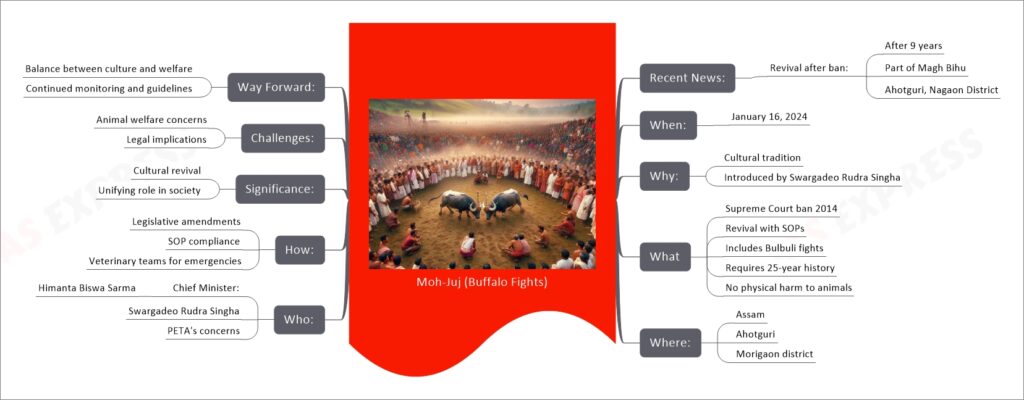
Moh-Juj, or buffalo fights, are a traditional event in Assam, India, deeply rooted in cultural heritage. Recently, after a nine-year hiatus, these fights were revived as part of the Magh Bihu celebration in Ahotguri, Nagaon District. The revival comes with stringent Standard Operating Procedures (SOPs) to ensure no physical harm to the animals. Introduced by Swargadeo Rudra Singha nearly two centuries ago, Moh-Juj plays a significant role in Assamese society. The Chief Minister of Assam, Himanta Biswa Sarma, along with animal welfare organizations like PETA, emphasize the delicate balance between preserving cultural traditions and ensuring animal welfare. The revival of Moh-Juj seeks to maintain this balance, highlighting the importance of cultural traditions while prioritizing animal welfare and safety.
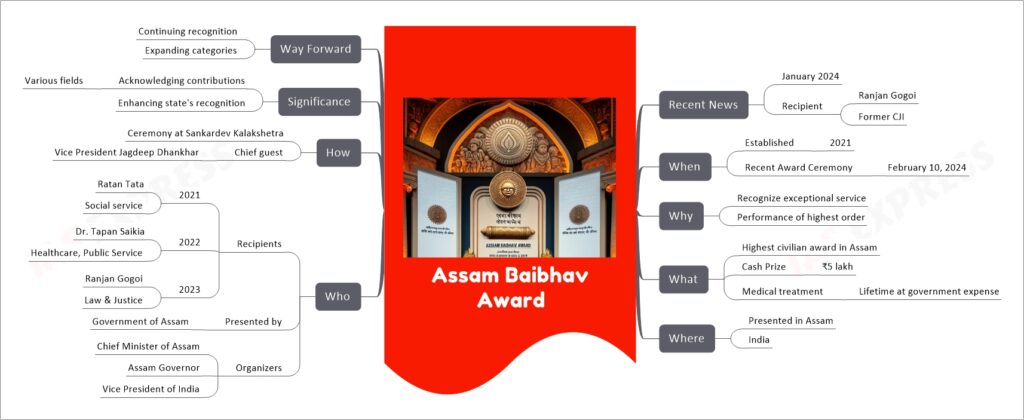
The Assam Baibhav Award is the highest civilian honor in the state of Assam, India. Established in 2021, it recognizes individuals for exceptional service and performance in various fields. The award includes a cash prize of ₹5 lakh and lifetime medical treatment at government expense. In January 2024, former Chief Justice of India Ranjan Gogoi was announced as the latest recipient. Past awardees include industrialist Ratan Tata and oncologist Dr. Tapan Saikia. The award ceremony is a significant event, attended by prominent government officials, and enhances the recognition of contributions in diverse fields.
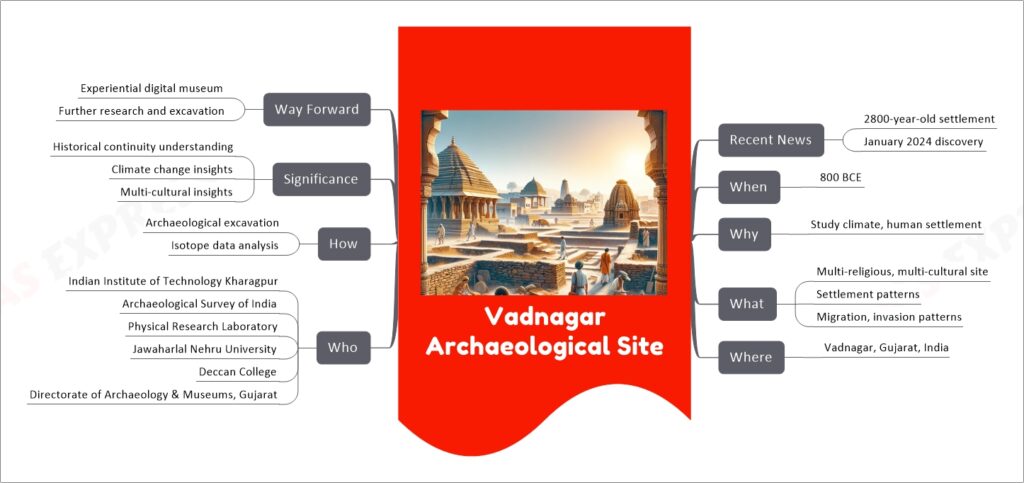
The Vadnagar archaeological site, discovered in January 2024, dates back to 800 BCE and offers significant insights into historical continuity and climate change impacts on human settlements. This site in Gujarat, India, was a culturally diverse and multi-religious settlement, showcasing patterns of migration and invasions. Researchers from various prestigious Indian institutions, funded by the Gujarat Directorate of Archaeology & Museums, led this discovery. The findings contribute to our understanding of historical climatic shifts and their influence on civilizations, and plans are underway to establish an experiential digital museum at Vadnagar.
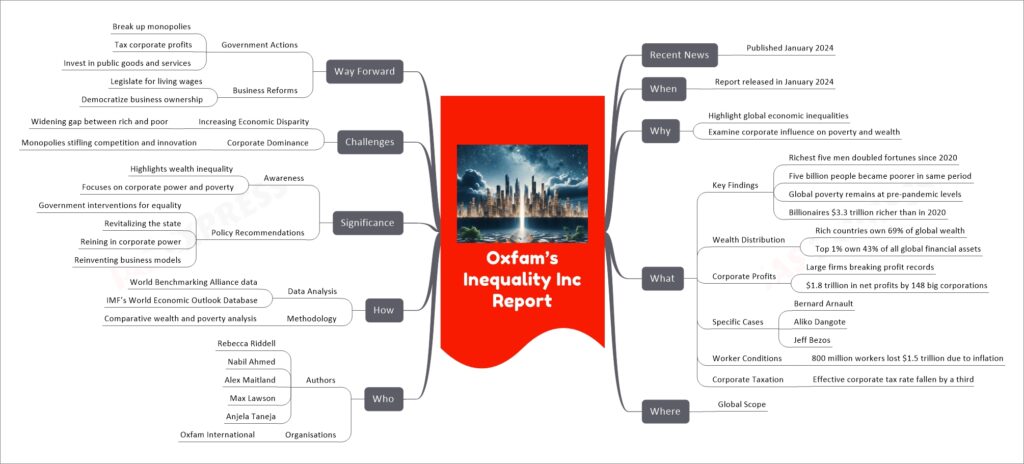
The Oxfam Inequality Inc Report, published in January 2024, aims to highlight the stark global economic inequalities and the impact of corporate power on poverty and wealth distribution. The report reveals that since 2020, the richest five men in the world have doubled their fortunes, while nearly five billion people have become poorer. It also sheds light on the disproportionate wealth distribution, where the richest 1% globally own a substantial portion of all financial assets.
The report critiques the role of large corporations in exacerbating these inequalities through practices like tax dodging and profiteering, and the challenges faced by workers, with 800 million workers losing significant income due to inflation. The authors call for government interventions to reduce inequality, including revitalizing the state, reining in corporate power, and reinventing business models. The report’s significance lies in raising awareness about wealth inequality and offering policy recommendations for a more equitable world. However, it also underscores the challenges of increasing economic disparity and corporate dominance. The way forward, as suggested by the report, involves critical government and business reforms to achieve greater equality and economic justice.
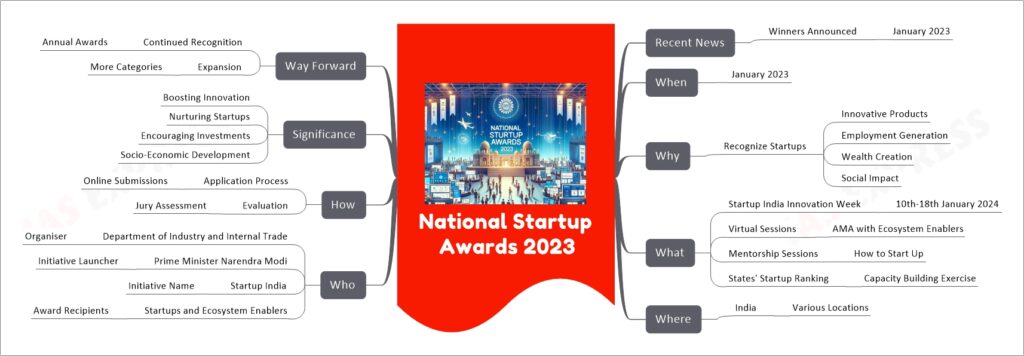
The National Startup Awards 2023 in India, celebrated in January, aimed to recognize and reward outstanding startups and ecosystem enablers for their innovative products, potential for employment generation, wealth creation, and measurable social impact. The event was a part of the Startup India Innovation Week and included various activities like virtual sessions with ecosystem enablers, mentorship sessions, and a states’ startup ranking exercise. The initiative, launched by Prime Minister Narendra Modi in 2016, significantly boosts innovation, nurtures startups, and encourages investments, contributing to India’s socio-economic development.
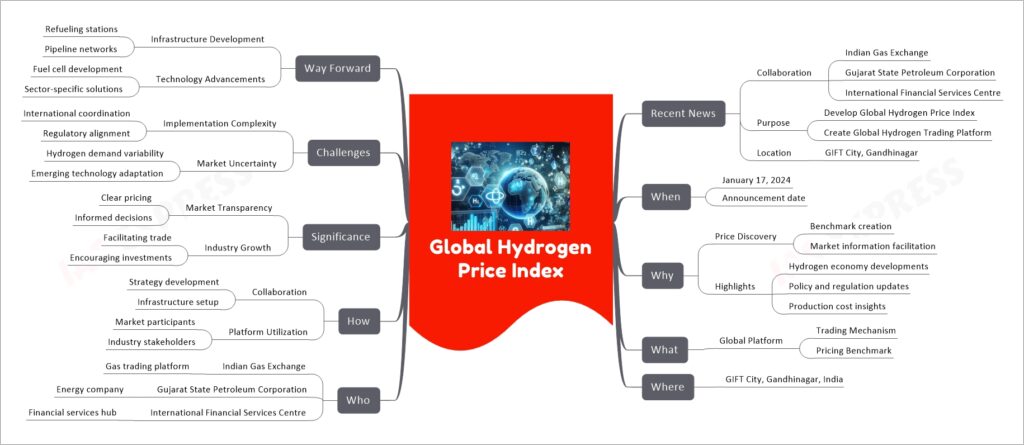
The Global Hydrogen Price Index is an initiative set to develop a benchmark for hydrogen pricing and facilitate a global hydrogen trading platform. Announced on January 17, 2024, this project is a collaborative effort involving the Indian Gas Exchange, Gujarat State Petroleum Corporation, and the International Financial Services Centre at GIFT City, Gandhinagar. The purpose of the index is to aid in price discovery and provide market information, essential for the growing hydrogen economy. It aims to bring transparency and foster growth in the hydrogen market, though it faces challenges like implementation complexity and market uncertainty. The way forward includes developing infrastructure like refueling stations and pipelines, and advancing hydrogen-related technologies for different sectors.
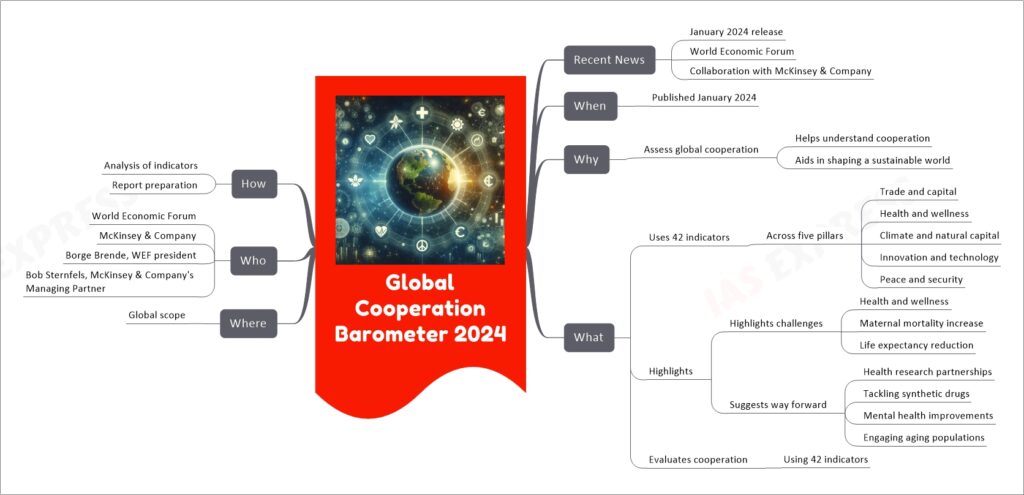
The Global Cooperation Barometer 2024 is a comprehensive report that evaluates the state of global cooperation across various sectors. Developed by the World Economic Forum in collaboration with McKinsey & Company, it utilizes 42 distinct indicators to gauge cooperation in areas like trade, health, climate, technology, and security. The report highlights significant challenges, such as declining global health cooperation and increases in maternal mortality rates, while suggesting ways forward, including enhanced international research partnerships and better handling of chronic health issues.

Saltwater or estuarine crocodiles in India have seen a marginal population increase, with 1,811 individuals counted in Odisha’s Bhitarkanika National Park during the annual census of January 2024. This census is crucial for monitoring the species’ conservation status. The crocodiles inhabit mangrove forests, brackish waters, and freshwater rivers, primarily in Odisha, West Bengal, and the Andaman and Nicobar Islands. The census involves direct sighting by teams from the Forest Department and wildlife experts. While the population increase is a positive sign of species recovery and conservation success, challenges like human-crocodile conflicts and habitat destruction persist. Going forward, enhanced conservation efforts and effective management of human-crocodile interactions are crucial.

The X-59 Quiet Supersonic Aircraft, developed jointly by NASA and Lockheed Martin, represents a significant advancement in aeronautical engineering. Unveiled on January 12, 2024, at Lockheed Martin’s Skunk Works facility in Palmdale, California, this aircraft is designed to fly at supersonic speeds while producing a much quieter sonic boom. Utilizing innovative technologies, it aims to address the challenge of supersonic flight over land. The aircraft’s unique features include a long, narrow airframe and specialized canards to manage shock waves, a top-mounted engine intake for lower boom, and an enhanced flight vision system to compensate for limited forward visibility due to its long nose-cone. The X-59 is set for its first flight in 2024 and is expected to revolutionize air travel by enabling faster-than-sound travel with minimal noise disruption, paving the way for a new generation of commercial supersonic aircraft.
If you like this post, please share your feedback in the comments section below so that we will upload more posts like this.
